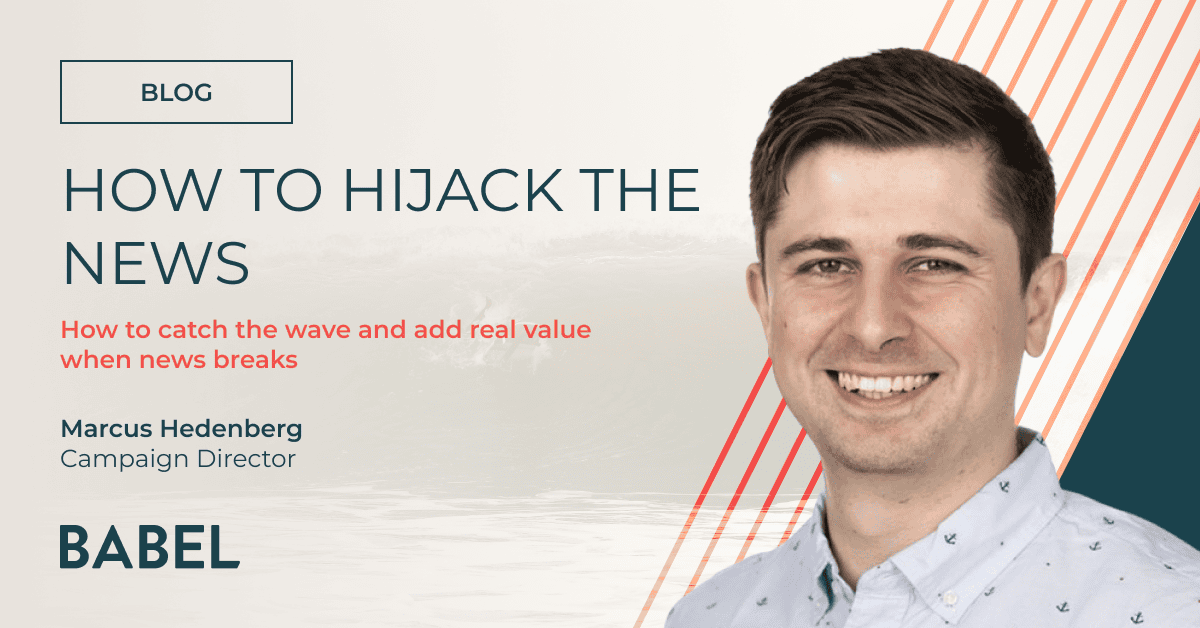Reputation management: Why brands need to walk the walk, not just TalkTalk
They say good things come in threes. Unfortunately, the same can be said for crises, if recent times are anything to go by. Crises are by no means new – look at the 2013 Tesco horsemeat scandal that became the biggest food fraud story of the 21st century – but the way in which such incidents are dealt with determines whether issues are promptly addressed and forgotten, or left to shock, stun and anger the public for months after.
First came the high-profile cyber hack of adultery website Ashley Madison in July 2015. A hacking group called the “Impact Team” unashamedly released details of 32 million users after the site was not shut down as per their demands. Then came the Volkswagen emissions scandal a couple of months later, with reports claiming the German automotive giant cheated pollution emissions tests in the US. October was then marred by yet another TalkTalk cyberattack, despite chief executive Dido Harding claiming the telecommunication provider’s cybersecurity is ‘head and shoulders’ better than its competitors.
What these three high-profile, quick succession crises have taught us is that sometimes bad things happen, even to the best of companies. But the key to coming back from these scandals is good reputation management. Traditionally, this is all about getting in front of the story and making sure you are providing affected parties with relevant, accurate facts about what has happened and how to move forward. But, in the age of Google, search reputation management – which sees companies using technology to control what people read about them online – also has a part to play.
If you are a brand who has been hit by a crisis, the last thing you want is Google prioritising complaints and negative press about what’s happened. Understanding how search engines work, the impact they can have on brands, and the role of creating positive, relevant and engaging content in times of crisis can help dislodge these grievances in a constructive way, but also improve your brand reputation.
Here is our pick of three excellent examples of brands who have walked the walk, rather than just talked the talk, and used digital tools and initiatives to help boost their brand reputation and effectively deal with negative customer perceptions.
The fast-food heavyweight has previously come under intense fire for where and how it sources its produce and the quality of its food – we’ve all probably heard an urban legend or rumour here and there about what is really in the hamburger meat. To turn the tables on such negative consumer perceptions, and to address myths and rumours head on, McDonald’s created the “Our Food. Your Questions” digital platform, where customers were encouraged to ask any question. In return, McDonald’s promised to be honest, clear and transparent with its answers.
This type of approach to reputation management allowed McDonald’s to take control of the conversations being had around their business and deal with any naysayers head on, in a genuine way. It was also a way for the brand to stay relevant in a digital age, when brands are constantly coming under question for their practices.
Patagonia is a high-end outdoor clothing company which is also a major contributor to environmental groups. The company donates 1% of total sales or 10% of profit, whichever is more, to these groups, in the aim of making a positive contribution to the environment. As part of its many CSR initiatives, Patagonia created The Footprint Chronicles – an interactive website that allows customers to follow a specific piece of clothing through its entire journey, from production to recycle. In highlighting the real supply chain behind its goods, not only is the brand offering more visibility into its operations – the bad and the good – it also provides customers with an open forum to suggest further improvements themselves. These kinds of assets really help a brand to create positive and transparent content that is permanently in brand search results.
Remember when this social media sharing and scheduling tool got hacked back in 2013? Maybe not, because the way in which the company actually dealt with the cyberattack was prompt, considerate, informed and honest. In the wake of the hack, Buffer created a rolling blog with regular updates on the hack itself, who had been impacted and how the company intended to fix the issue.
It is a great example of a company using technology to control the conversation around the brand and provide transparency in the business through the good and bad. Buffer’s customer base has since risen to two million users, a testament to the fact that when you take ownership of the issues, you can impact your brand – and your customers – for the better.





